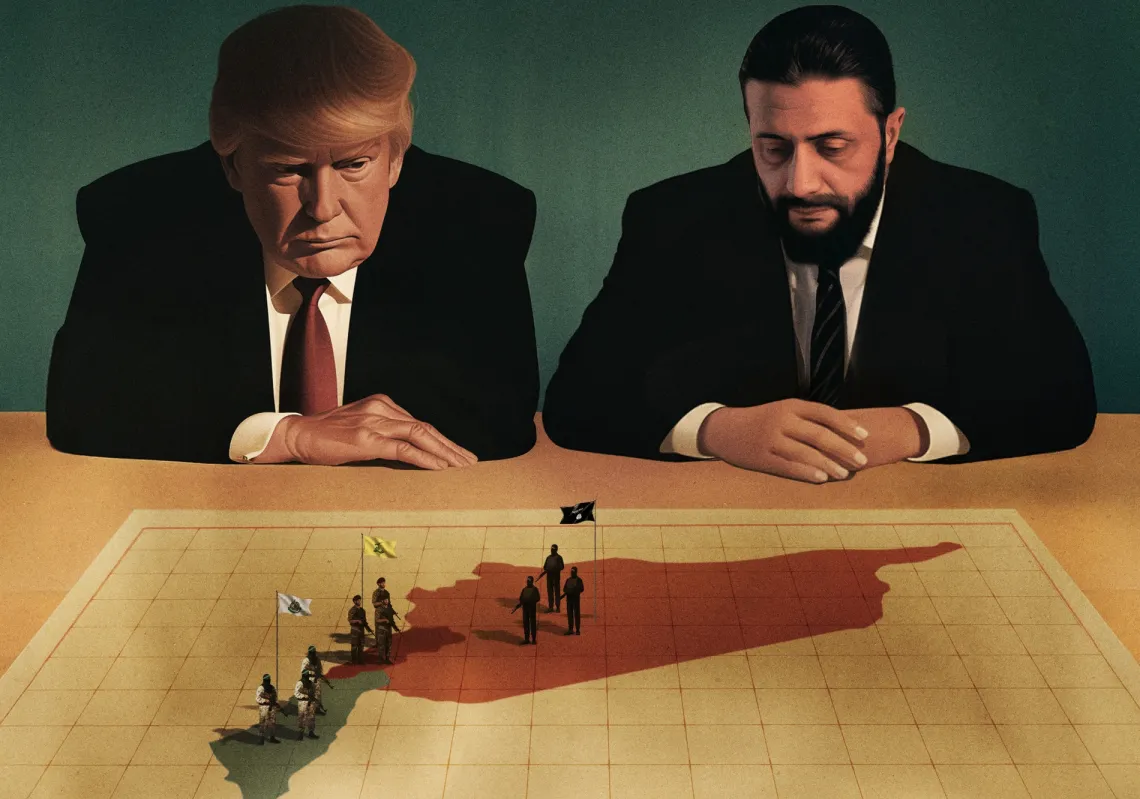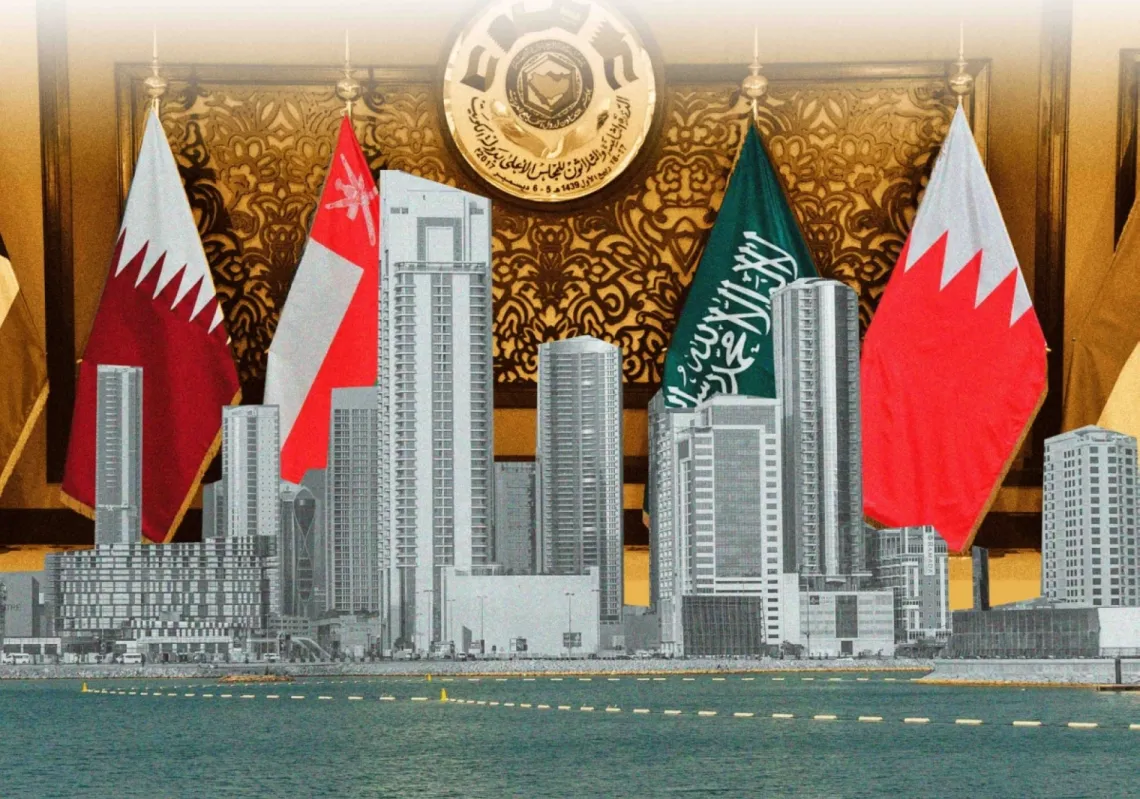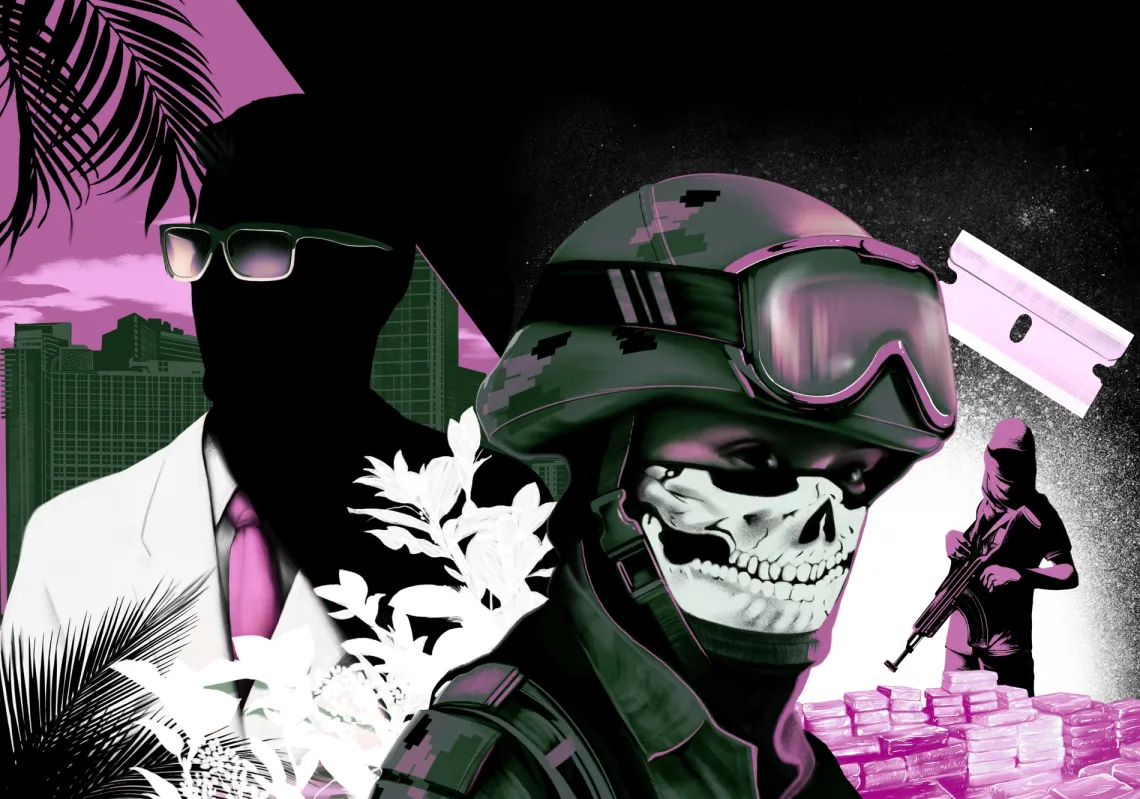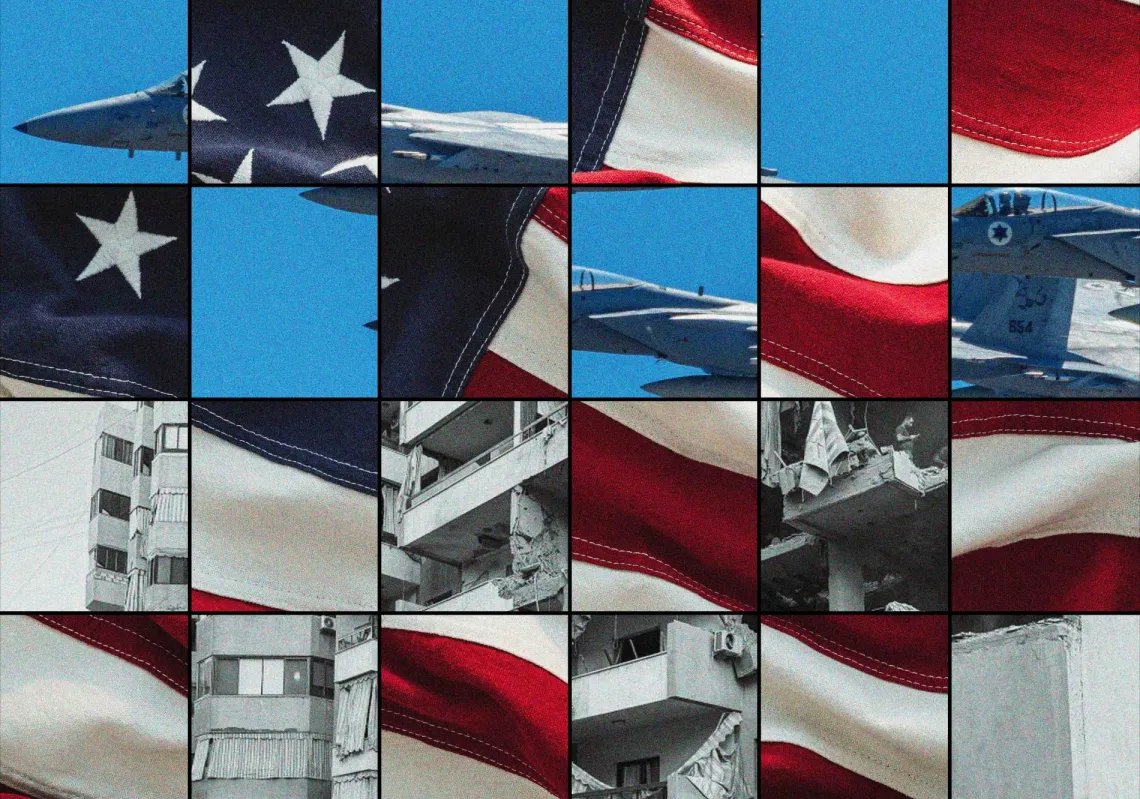 A young protester holds a placard saying 'We love Prophet' during a protest against the anti-Islam film "Innocence of Muslims" in front of US embassy on September 21, 2012 in Kuala Lumpur, Malaysia.(Photo by Rahman Roslan/Getty Images)[/caption]
A young protester holds a placard saying 'We love Prophet' during a protest against the anti-Islam film "Innocence of Muslims" in front of US embassy on September 21, 2012 in Kuala Lumpur, Malaysia.(Photo by Rahman Roslan/Getty Images)[/caption]
For the past week the Islamic world has been seething with rage after an amateurish video that mocks the life of the prophet Muhammad and has left twenty-eight people dead, including the US Ambassador to Libya, J. Christopher Stevens. The sight of angry Muslims burning American flags, attacking embassies, burning down and looting American-operated schools, is perplexing to most Westerners, leading many to ask: How can the depiction of the prophet arouse such intense rage?
In the West, it is not uncommon for satirists to poke fun at religion. Take, for example, Kevin Smith’s 1999 satirical film on Catholicism, Dogma, which opens with a scene where an American Cardinal talks of revamping Catholicism by replacing the age-old symbol of Jesus on the crucifix with “Buddy Christ”. Even though the film drew the ire of the Catholic League, prompted protests outside theaters by people who had not actually seen the film, and a few death threats, Smith still managed to impress his fans and pulled in over $30 million in the box office. But the aggressive reaction from Christian fundamentalists shows that Americans can be equally offended by blasphemous films.
But there are also bigots in the West who purposely insult Islam out of hate. Like those protesting throughout the Islamic world, these people live on the fringes of Western society and are not representative of the way most Westerners think. A great example of this is the Florida pastor, Terry Jones, who has provoked rioting on a number of occasions that has result in the deaths innocent people. In April 2011, Jones’ burning of the Koran led to violent outbursts in Afghanistan which left seven UN peacekeepers and five Afghanis dead. Just as a few thousand out of Egypt's 80 million people cast the country in a negative light, a small group of people like Jones and his followers are hardly representative of the majority of Westerners, who are much more tolerant.
It is important to know that the inflammatory video that provoked the recent bout of violence was originally uploaded onto YouTube on 2 July and went unnoticed for months. It was not until the video was translated into Arabic that it went viral and sparked violence throughout the Middle East on anniversary of the 9/11 terrorist attacks on the United States.
The way in which the video went viral raises a number of questions: Why, after months of sitting around on YouTube going unnoticed, did it suddenly go viral just before 9/11? Why was it translated into Arabic and who was behind the translation? What was the purpose of this? Who was behind it? What was the objective of doing so? It seems clear that someone or some group are behind this video and that their objective was designed to fan the flames of discontent throughout the Middle East. Their mission was accomplished.
Certainly the video offers an outrageous depiction of the prophet that evokes outrage among people of any denomination, but this is not the first time that a video depicting the prophet went unnoticed.
In July 2001, the American cartoon South Park aired an episode called “Super Best Friends”, which depicted the prophets of all major religions, Buddha, Jesus, Joseph Smith, Krishna, Laozi, Moses, and Muhammad, as a team of ‘super heroes’, protecting the world from evil. When the episode first aired, the depiction of Muhammad went unnoticed. No protests were held. No one was hurt. Nothing happened.
Years later, in 2006, just after the Danish cartoon fiasco, South Park’s creators, Matt Stone and Trey Parker, took on the Muhammad issue in a two-part episode, “Cartoon Wars”. Having gotten away with it once, Stone and Parker intended to show the prophet once again, but the Comedy Network, fearing violence, forced them to censor the image, much to their frustration.
This angered the two satirists, who decided to revisit the issue in 2011 in another two part episode, “200/201”. In this instance, South Park’s depiction of the prophet, initially in a U-haul truck and later in a giant bear suit, sparked outrage among Muslims and even death threats, prompting Comedy Central to once again censor any reference to Muhammad in the show, even though other religious figures are overtly depicted doing blasphemous acts, like drugs or viewing pornography. This is an incredible double-standard and based entirely on the network’s fear of violent repercussions. In the end, Muhammad was not shown in either the 2006 or 2011 episodes and “Super Best Friends” has been pulled from syndication.
Two conclusions can be drawn from this. First, while individuals in the West, like Stone and Parker, among many others, have no qualms satirizing religious figures and view it as an expression of free speech, it is apparent that self-censorship is also underway, in this case by the network that airs the show. But unfortunately open source websites, like YouTube, do not have the same constraints and can be co-opted by malicious individuals to convey hatred.
Second, the reaction among Muslims to the depiction of the prophet appears to have escalated in terms of both scale and violence. This can be attributed to America’s actions following 9/11, namely the invasions of Afghanistan and Iraq, and the War on Terror, which many Muslims interpret as a war on Islam. After all, Muslims have almost exclusively been the targets of this campaign.
It seems that the inherent clash between the freedoms of religion and expression are being exacerbated by an intolerant few. For instance, on Wednesday, a satirical French magazine, Charlie Hebdo, published a series of cartoons mocking the prophet, which has incited riots in Paris. Like in the United States, the French government has condemned the magazine, while defending its right to freedom of expression. There is no question that the publication of these cartoons is an ill-timed and unnecessary provocation. Quite simply, it is unconscionable for this magazine to pour fuel on a fire that is already burning out of control.
Nevertheless, under no circumstances, even in the case of the most outrageous blasphemy, can violence be condoned. Most Muslims agree with this principle, preferring to express their outrage in the form of peaceful protest and in discussions among family and friends.
In the end, the great irony of this entire situation is that the people of the Middle East that have rose up against authoritarian regimes, which stifled all forms of dissent, especially freedom of speech, have reacted violently to the expression of the very freedoms that they have fought for.









